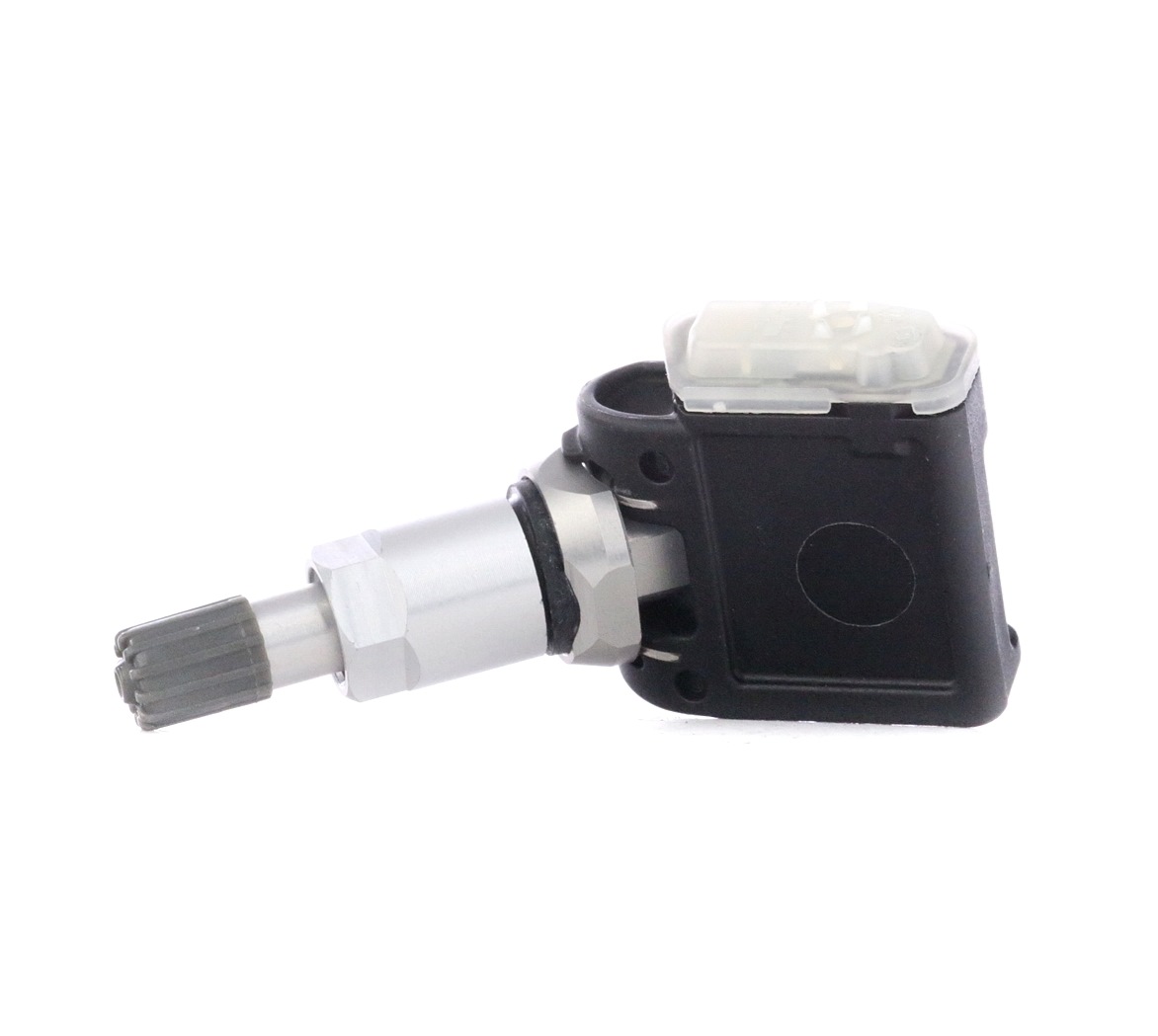BMW X2: Problems
Reliability BMW X2: common problems, issues symptoms and faults
- Problems with the start-stop system: These can occur as early as 20,000–30,000 km.
- Excessive oil consumption in petrol engines: This often becomes noticeable from 50,000–70,000 km.
- Defective water pump: this can cause problems from 80,000–100,000 km.
- Malfunctioning electric windows: faults often occur after 60,000–80,000 km.
- Problems with the air conditioning: these can occur as early as 40,000–60,000 km.
BMW X2: Timing chain problems in petrol engines
The timing chain in petrol engines, especially the 20i engine, can stretch over time, which can cause a rattling noise during a cold start. This problem usually occurs between 100,000 and 150,000 km. In rare cases, the chain can also skip, which can cause serious engine damage.
Preventive replacement of the timing chain and tensioner system at around 100,000 km can prevent costly consequential damage. Regular oil changes are also important.
BMW X2: Issues with 3-cylinder engines
The smaller 3-cylinder engines, such as the 18i, can occasionally have problems with the turbocharger. This usually occurs between 60,000 and 100,000 km. Symptoms include a loss of power and increased oil consumption. In some cases, the turbocharger can also fail completely.
Regular oil changes and the use of high-quality oils can help to extend the life of the turbocharger. If it does fail, the turbocharger usually needs to be replaced.
BMW X2: Problems with the AdBlue system in diesel engines
In diesel engines such as the 18d and 25d, difficulties can arise with the AdBlue system. Typical problems such as clogged injectors or a pump failure often occur between 80,000 and 120,000 km.
Regular cleaning of the AdBlue system and the use of high-quality AdBlue can prevent problems. In the event of a failure, it is necessary to replace the affected components such as the injectors or the pump.

BMW X2: Problems with the automatic transmission
The 7-speed automatic transmission can sometimes experience problems such as jerky gear changes or delayed start-up. These problems often occur between 50,000 and 10,000 km.
A software update of the transmission control unit can often help. It is also important to change the transmission oil and filters according to the manufacturer's specifications.
BMW X2: Problems with the electromechanical steering
Many BMW X2 drivers, especially those of the M35i, report problems with the steering. One sign of this is a crooked or stiff steering wheel. This affects driving behaviour and should be checked.
Calibrating or replacing the steering angle sensor can often fix the problem. In some cases, it may also be necessary to replace the steering gear.
BMW X2: Battery issues
The plug-in hybrid models can have issues with battery performance and capacity. A faster than expected loss of capacity is not uncommon and often occurs in the first 50,000 km.
Regular checking of the battery and adjusting the charging cycles can help to extend its lifespan. In some cases, a battery or individual cell replacement may be necessary.
Faults in the BMW X2: Wind noise and creaking door seals
Increased wind noise at higher speeds and creaking door seals are frequently reported.
Checking and, if necessary, replacing the seals can fix the problem.

Other common faults in the BMW X2
Based on the reviews of BMW X2 drivers, we provide you with an overview of other possible problems here:
- LED headlights can fail: individual LED segments can fail after 50,000–70,000 km.
- Problems with the keyless entry system: malfunctions can occur after 40,000–60,000 km.
- Leaking rear window washer system: Defects are often found here between 50,000–70,000 kilometres driven.
- Defective parking sensors: These can fail or produce error messages as early as 30,000–50,000 kilometres.
- Problems with the electric tailgate: These can occur from as little as 40,000–60,000 km.
It is important to note that the BMW X2 does not necessarily experience all of these problems and that regular maintenance can prevent or delay many of them. Paying attention to potential weak points and performing regular inspections is essential to ensure the vehicle's optimal performance and longevity.






















